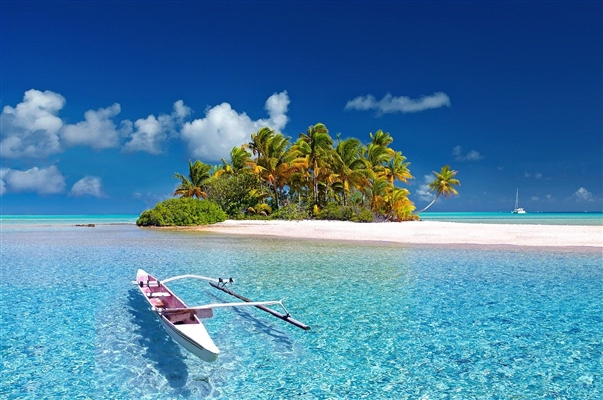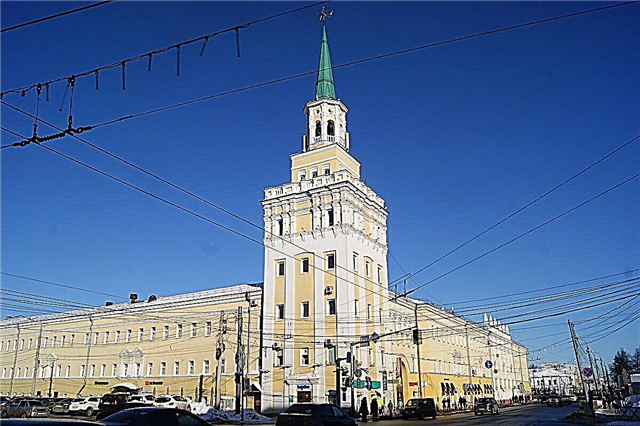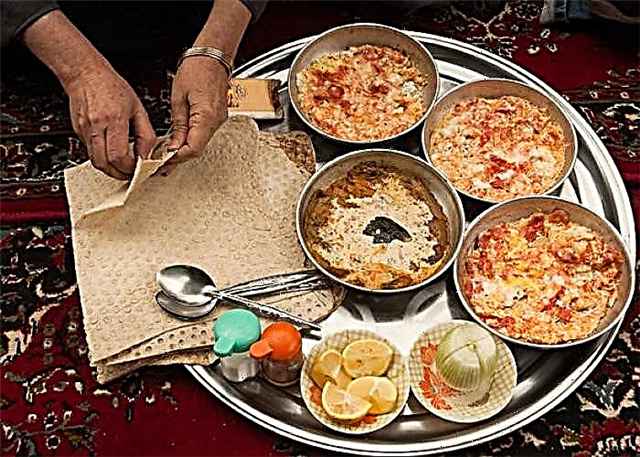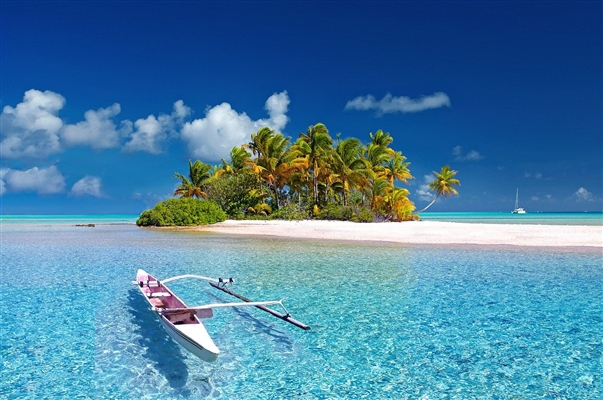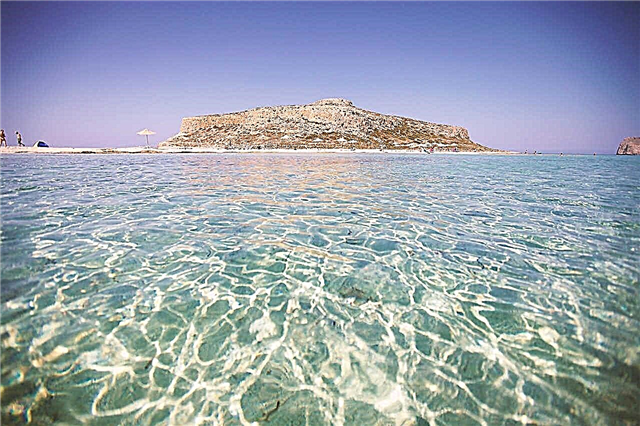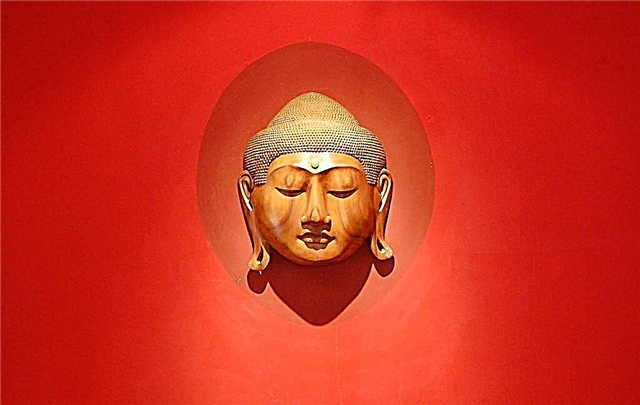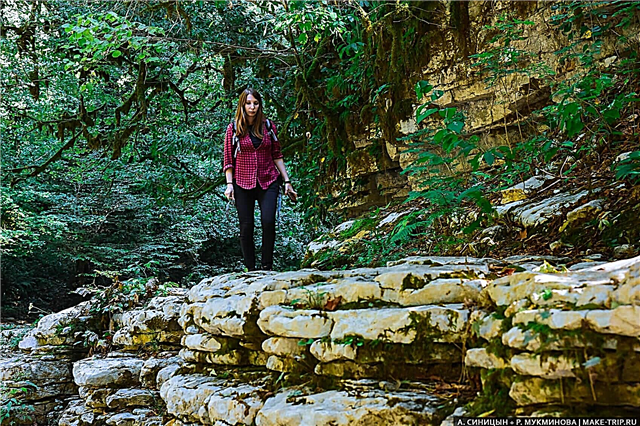
The Psakho River Canyon is the most impressive place in the Greater Sochi region! Be sure to visit this magical corner. Today I will tell you how to get to the Wet and Dry canyons, what to see there and give you a lot of useful tips.
You probably saw on Instagram photos of girls bathing in turquoise fonts surrounded by unearthly rocks. What is this fantastic place? Almost always, this is the Wet Canyon of the Psakho River, although there are several similar places in the Greater Sochi area. So we were impressed by the views and also decided to visit the canyon.
Two canyons of the Psakho River: Wet and Dry
To avoid confusion, you need to clarify that the canyon of the Psakho River is divided into two parts. One is called Wet because a river flows through it. Another is called Dry - there is no water, only narrow rocks, trees and bushes. They say that the second canyon was formed by an earthquake, and a river also flowed through it.
Both canyons are fabulously beautiful and will impress any tourist, I'm sure of that. Ideally you should watch both because they connect. To visit both Sukhoi and Wet canyons, you will have to come to the village of Galitsyno, go through the entire route, and then get off in the village of Krasnaya Volya and go to your hotel.
We managed to visit only Wet, so I'll tell you only about it.


Impressions from the Wet Canyon of the Psakho River
All photos and words will not convey those special feelings that the Wet Canyon gives. The path begins quite trivially: parking, a security guard who charges 100 rubles per person, a tourist complex with a cafe. Then, along the equipped trail, you will climb into a boxwood forest, all covered with plush moss - an amazing sight! We saw this for the first time and hung in the forest for a long time.
Boxwood is a relict plant, and you can sweep in a time machine in the Tertiary period in the yew-and-boxwood grove in Khost.


Then you will reach the stairs down and then you will be disappointed - you will see an inscription about the end of the route. Is this really the end ?!

But do not rush to be indignant - you can and even need to walk along the river into the canyon, away from the excursion groups that stop here. There, beyond the bend of the rock, where the magic begins.

Just imagine what's next: the white-gray limestone cliffs bizarrely bend and resemble a festive Napoleon cake, and a turquoise river flows at the bottom. Due to the play of light and shadows, in some places the water becomes transparent-green, and in some places - milky-azure.

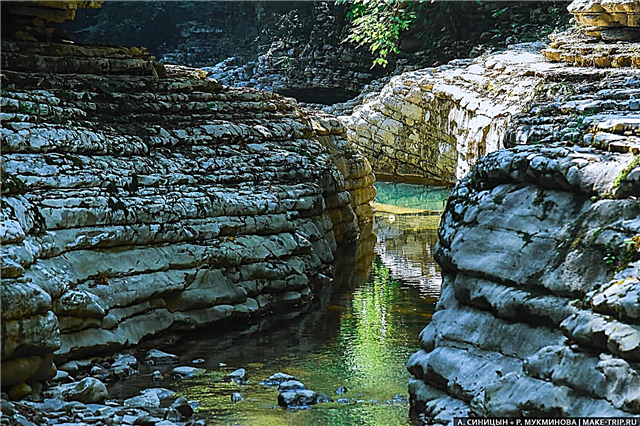
And all this is surrounded by the Colchis forest, characteristic of the Tertiary period: boxwood, yew, ferns, mosses and hanging vines. Complete silence reigns, broken only by the murmur of the river and rare rustles. It seems that the land crocodile Pristihampus is about to look out or the diatrima will jump out. Downright "The Lost World" by Arthur Conan Doyle!


The mysterious and pacifying beauty conquered us - here you completely break away from civilization, all worries and problems are moved away somewhere far away. Only you and nature remain. There is no connection in the canyon, so digital detox awaits you for the next two hours.
On the way, you will see many beautiful places - for example, a green lake with a white amphitheater, flat terraces and simply amazing river bends. But the most amazing places are hidden at the end of the canyon: a dry waterfall reminiscent of the Svir gorge, a deep and narrow font, steep rocks and a three-meter waterfall. I marked all these points on the map below.




